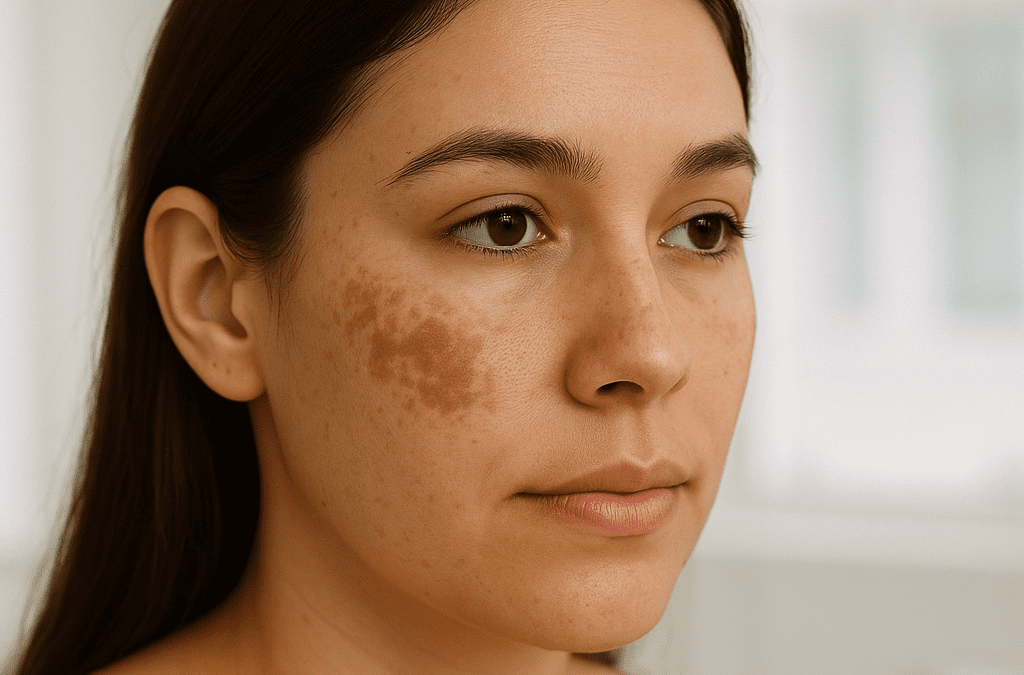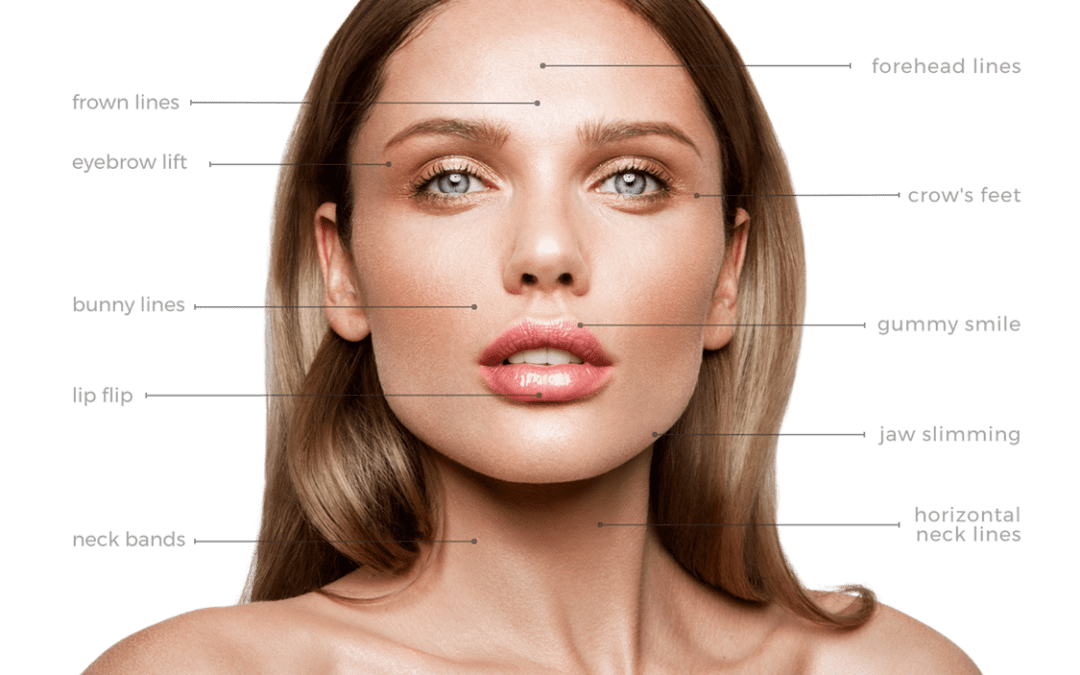Overview of Superficial Radiation Therapy and Electronic Brachytherapy
Superficial radiation therapy (SRT) and electronic brachytherapy (eBx) are non-invasive treatment options for certain types of skin cancer. Both deliver targeted radiation to cancerous cells without surgery. However, there are a few key differences to understand when determining which treatment is right for you.
What Is Superficial Radiation Therapy?
SRT uses high-energy X-rays to destroy cancer cells. A linear accelerator aims radiation at the tumor from outside the body.
Treatment usually requires multiple sessions over several weeks. SRT enables precise targeting of the radiation to the tumor site with minimal exposure to healthy tissue. It is often used for low-risk basal cell carcinomas (BCC) and squamous cell carcinomas (SCC).
In a study published in the Journal of Cancer Research and Clinical Oncology, doctors treated 1,899 non-melanoma lesions using energies from 50 to 100 kV over an average of 20.2 fractions, with a dose of 5364.4 centigray. The treatment duration averaged 7.5 weeks, and patient monitoring ensued for 65.5 weeks. By the study’s conclusion, 99.7 percent of patients achieved complete lesion control after an average 7.5 weeks of SRT. This control rate remained high at 99.6 percent after 12 months.
Additional resources:
- Advantages of Superficial Radiation Therapy for Seniors
- Superficial Radiation Therapy vs. Surgery for Skin Cancer
What Is Electronic Brachytherapy?
eBx involves placing a radioactive seed next to the cancerous tumor inside a catheter for a short time. The radiation source is then removed, allowing the delivery of high-dose radiation directly to the tumor in a single treatment while sparing healthy cells. eBx may produce better cosmetic outcomes due to the targeted internal delivery and shorter treatment time. However, it may not be suitable for all tumor locations or sizes.
In 2016, a group of oncologists who used the Xoft electronic brachytherapy system shared their combined experience. The summarized data, published in the Journal of Clinical and Aesthetic Dermatology and covered 1,259 patients with 1,822 lesions, revealed five-year clearance rates of 99 percent for primary BCC and 97 percent for primary SCC. For large, aggressive, or recurrent BCC, it can be as high as 93 percent. For locally recurrent SCC, it is 90 percent. For poorly differentiated SCC, the clearance rate is 68 percent.
Differences Between SRT and eBx for Non-Melanoma Skin Cancers
While both treat non-melanoma skin cancers without surgery, there are key differences to understand before deciding on a treatment plan.
Treatment Delivery
SRT uses an X-ray machine to deliver radiation to the tumor site and surrounding area. eBx, also known as low-energy X-ray treatment, uses a miniature X-ray tube to generate radiation and deliver targeted treatment to the cancer cells. eBx radiation only penetrates 2 to 3 mm into the skin, limiting exposure to surrounding healthy tissue.
Treatment Course
SRT typically requires multiple treatment sessions over several weeks, up to 5 days a week for 3 to 6 weeks. eBx is a more accelerated course of treatment, requiring only 2 to 5 sessions over 5 to 10 days. The condensed treatment schedule of eBx means less disruption to your daily activities and commitments.
Side Effects
Both SRT and eBx are non-invasive, so side effects tend to be minor and limited to the treatment area. Possible side effects include redness, irritation, peeling, or blistering of the skin. Due to the targeted nature of eBx, side effects may be less severe. The risk of side effects or complications for either treatment is very low.
The Bottom Line on Superficial Radiation Therapy vs. Electronic Brachytherapy
As you consider non-invasive treatment options for skin cancer, it’s important to understand the differences between superficial radiation therapy and electronic brachytherapy. Both effectively target cancer cells without damaging surrounding healthy tissue, but they achieve high cure rates in different ways. Superficial radiation therapy employs high-energy X-rays to kill malignant cells, while electronic brachytherapy implants a tiny radioactive seed directly into the tumor to deliver radiation internally.
The choice comes down to your exact needs and preferences. Superficial radiation therapy may require multiple visits but has been used for decades. Electronic brachytherapy is a newer approach, but it requires only one treatment. Discuss both options thoroughly with your Arizona Skin dermatologists to determine which treatment is right for you based on factors like cancer type, location, and severity. With the variety of non-invasive skin cancer therapies now available, you have more opportunities than ever before to beat cancer on your own terms.
About Arizona Skin in Phoenix, Arizona
We provide cutting-edge skin solutions that prioritize our patients’ health and wellness. Our commitment to excellence in the field of dermatology and skin cancer care has positioned us as leaders in both surgical and non-surgical treatments.
At Arizona Skin, we know the criticality of early detection and effective intervention in the battle against skin cancer. Our team of renowned dermatologists and medical professionals uses state-of-the-art technology and the latest advancements in skin cancer treatment, allowing us to offer the most comprehensive and minimally invasive procedures. We also recognize that each patient is unique, and their treatment needs may vary. Therefore, we offer a personalized approach to address individual concerns.
To determine which procedure best suits your diagnosis, we encourage you to contact us and schedule a consultation. Your health and peace of mind matter, and we are here to provide you with the highest level of care in the fight against skin cancer. Don’t hesitate to reach out today to take a proactive step toward your well-being.

What to Expect with a Full-Body Skin Exam
Why Regular Full-Body Skin Exams Are Essential in Arizona Living in Arizona means enjoying abundant sunshine year-round. While our sunny climate offers many benefits, it also puts us at higher risk...

Melasma in Arizona: Tips and Best Practices
Living in Arizona means enjoying abundant sunshine almost year-round, but this desert blessing comes with unique skin challenges. Among these, melasma stands out as a particularly frustrating...

Skincare Routines for Teens, Adults, and Seniors
At Arizona Skin Institute, we understand that skincare isn't one-size-fits-all. Your skin's needs evolve dramatically throughout your life, requiring different approaches and ingredients at each...

Preventative Boxox in Your 20s
When you hear the word Botox, you probably picture someone smoothing out fine lines and wrinkles that have already formed. Traditionally, Botox has been thought of as a way to turn back the clock —...

Skincare Ingredients to Avoid if You Have Rosacea
If you have rosacea, you know that your skin can feel like it’s walking a tightrope: one wrong step, and you're dealing with stinging, intense redness, or even painful flare-ups that can last for...

Skin Purging vs Breakouts: How to Tell the Difference
If you’ve ever started a new skincare product only to find your skin looking worse before it looks better, you’re not alone. It’s a frustrating experience that often leads to confusion: Is my skin...

The Impact of Hormonal Changes On Skin
Hormones play a crucial role in regulating many bodily functions, and one of the most visible ways they affect us is through our skin. Throughout different life stages—puberty, pregnancy, menopause,...

